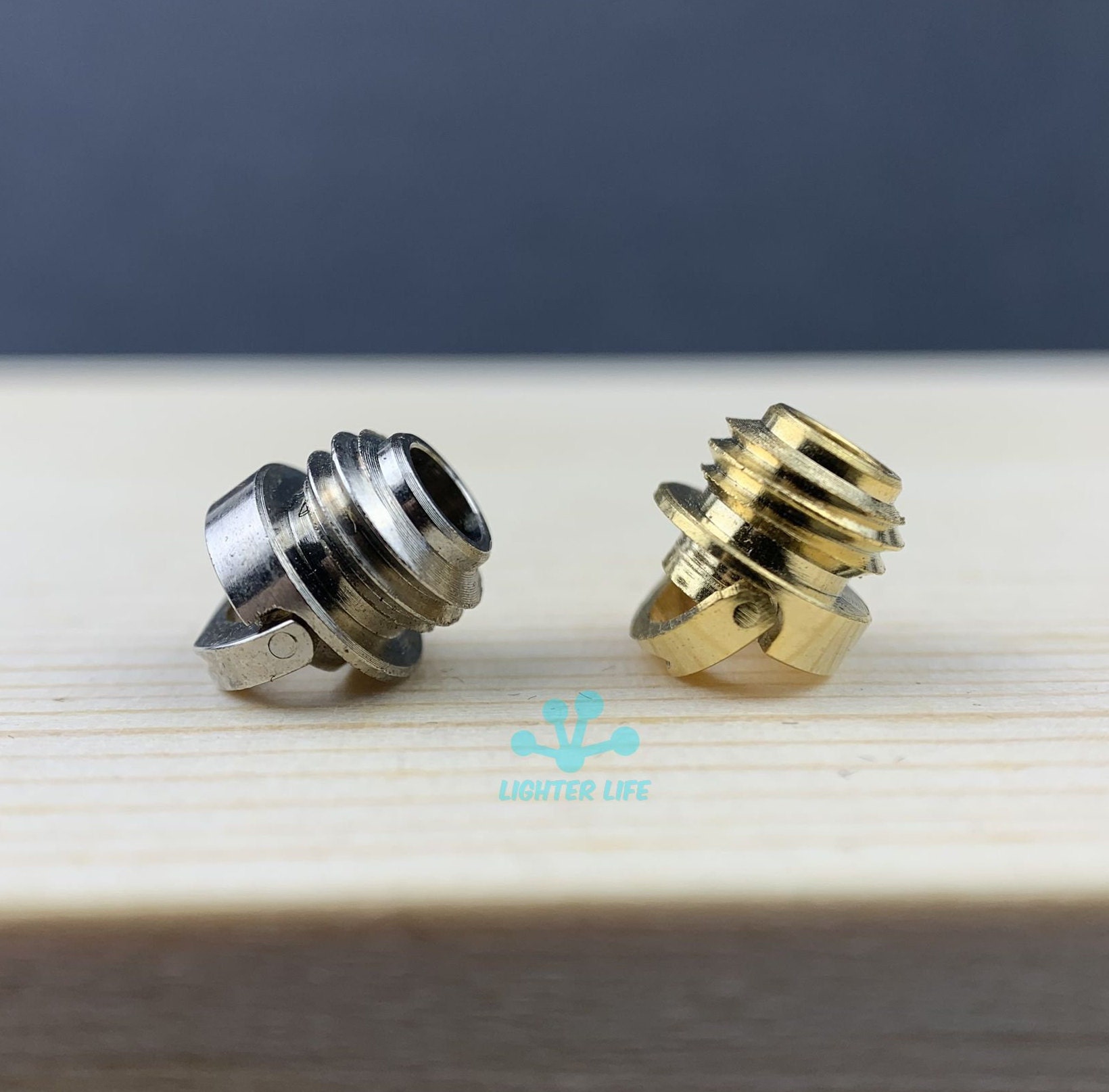

However, lumican loss-of-function enhances the reduced tendon stiffness seen in fibromodulin-null mice, suggesting that lumican compensates for the loss of fibromodulin.
JT DUPONT LIGHTER REPAIR SKIN
For example, lumican-null mice exhibit corneal clouding and skin laxity, but do not show significant alterations in tendon stiffness. However, single SLRP-deficient mice display relatively mild phenotypes when considering their tissue distributions an observation that suggests some SLRPs may compensate for the loss of others. Moreover, the targeted disruption of individual SLRPs can lead to obvious collagen fibril formation defects in vivo. The most commonly reported binding partner for SLRP proteins is collagen.


Reported binding partners include fibronectin, thrombospondin, fibrinogen, heparin cofactor II, C1q, mannose-binding lectin, collectin 43, conglutinin, pulmonary surfactant D, and TGF-β. SLRPs interact with a variety of ECM proteins. Chondroadherin, NYX/nyctalopin, ECM2, podocan, and nephrocan contain both the N-terminal cysteine cluster and the LRR domain characteristics of SLRPs but are not assigned to a class. Class I (decorin, biglycan, and asporin) and class II SLRPs (fibromodulin, PRELP, keratocan, lumican, and osteoadherin/osteo-modulin) contain 10–12 LRRs, whereas class III SLRPs (epiphycan/PG-Lb/DSPG3, opticin, and osteoglycin/mimecan) contain 6–8 LRRs. SLRPs are divided into three classes based upon the spacing of their N-terminal cysteines, the number of LRRs they contain, and their corresponding gene structures. Many SLRP core proteins are also substituted with glycosaminoglycan (GAG) chain(s), although the presence, nature, and size of the GAGs appear to be tissue-specific and age-dependent. SLRPs are extracellular matrix (ECM) molecules that contain a tandem array of leucine-rich repeat (LRR) motifs flanked by N- and C- terminal cysteines. Epiphycan, a chondroitin/dermatan sulfate proteoglycan preferentially expressed in epiphyseal cartilage during embryonic development, is a member of the small leucine-rich proteoglycan (SLRP) family.


 0 kommentar(er)
0 kommentar(er)
